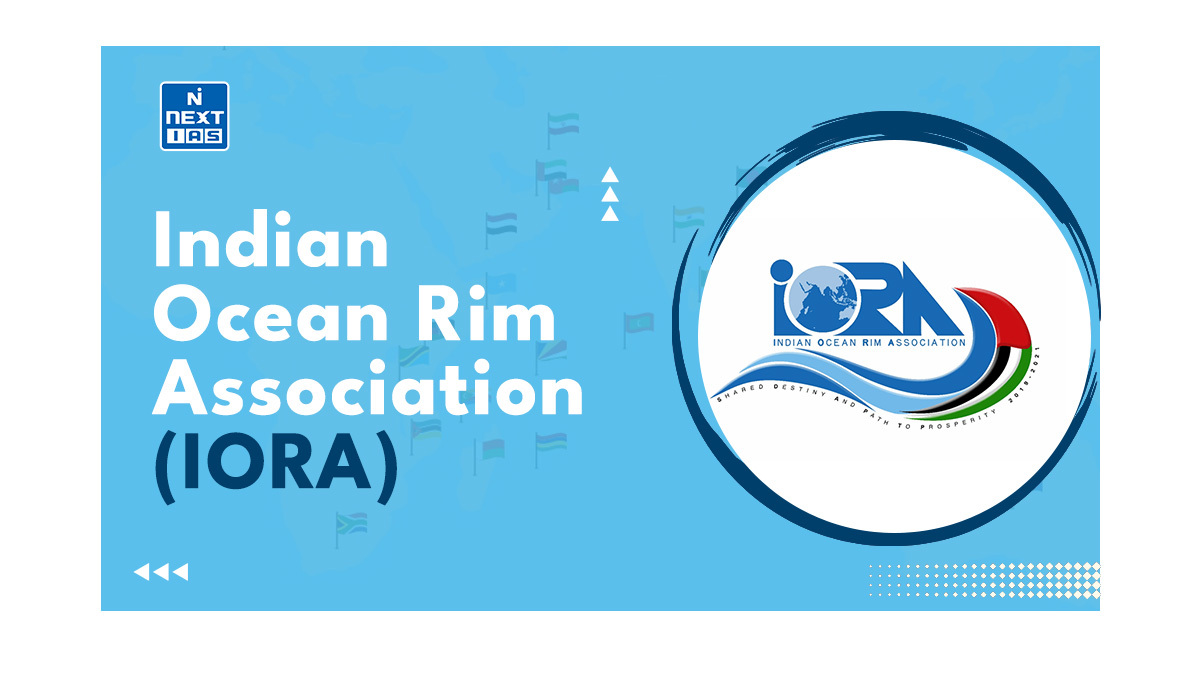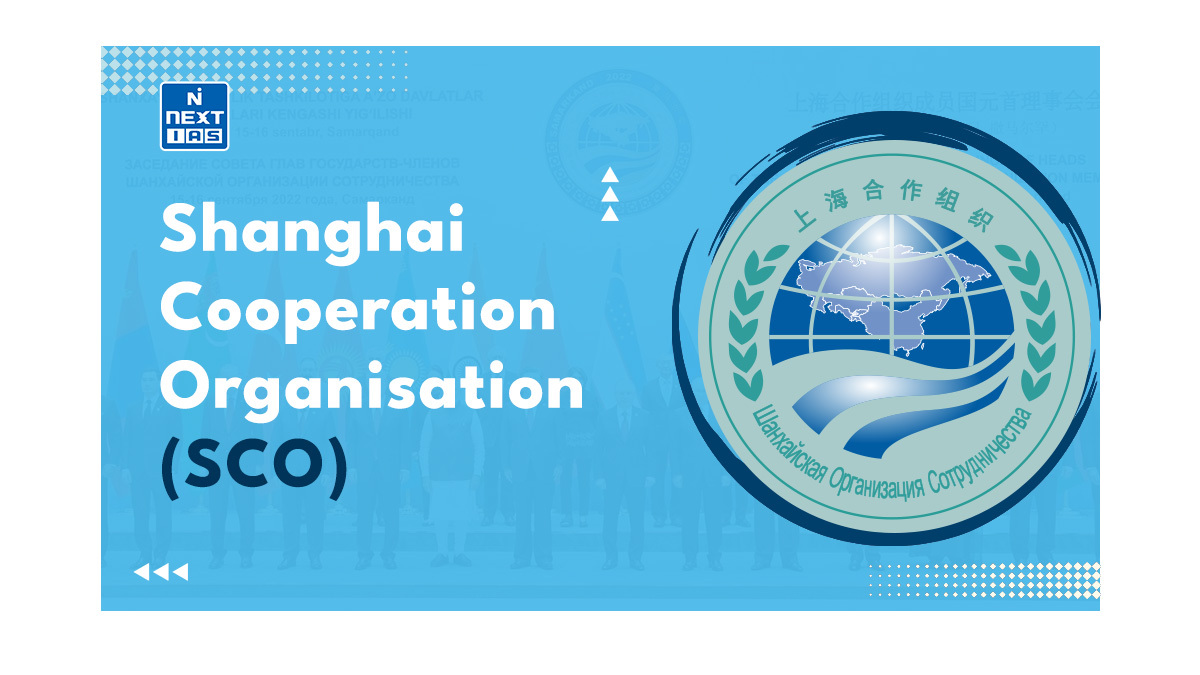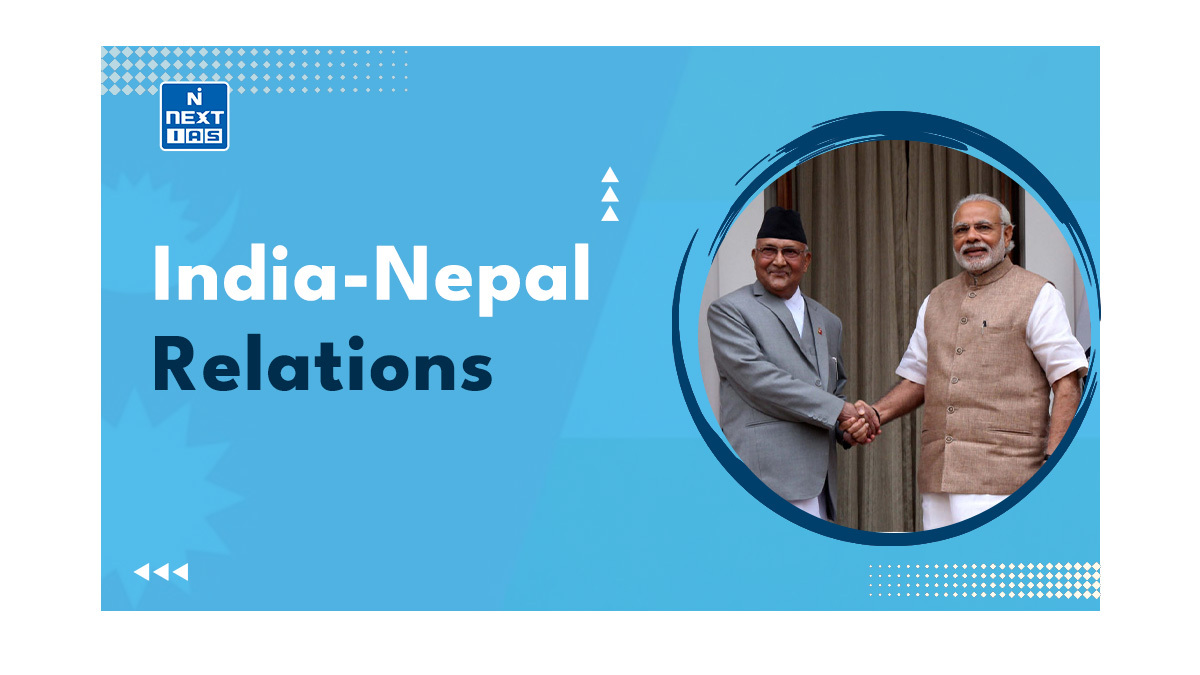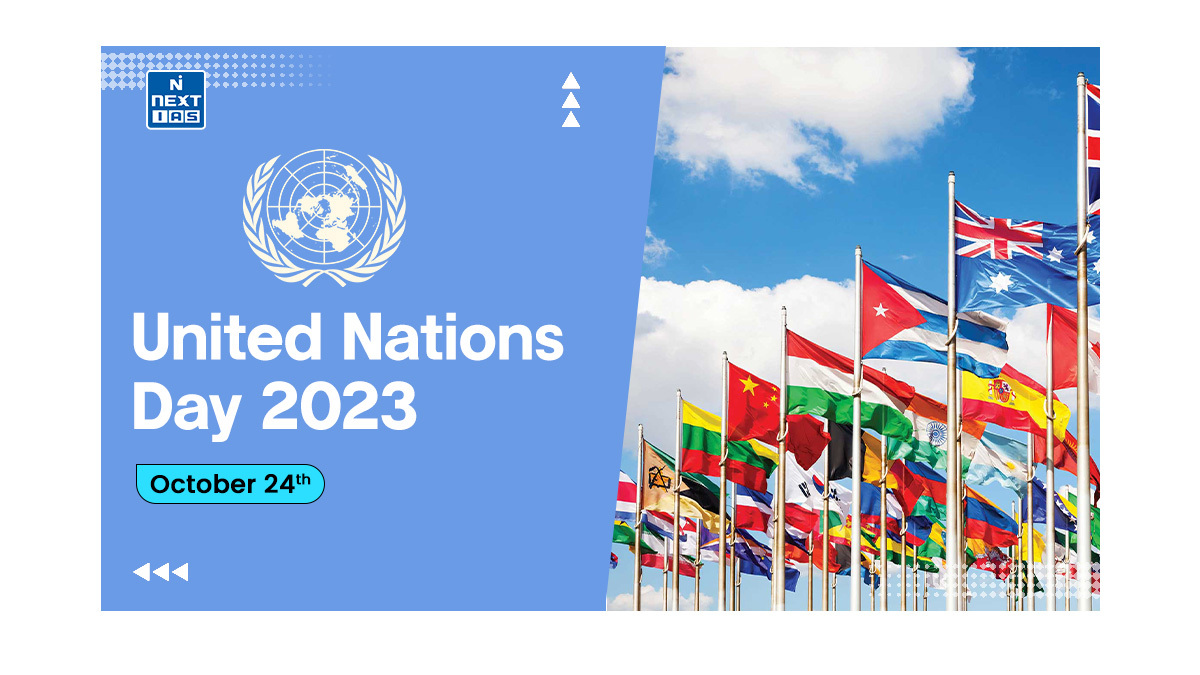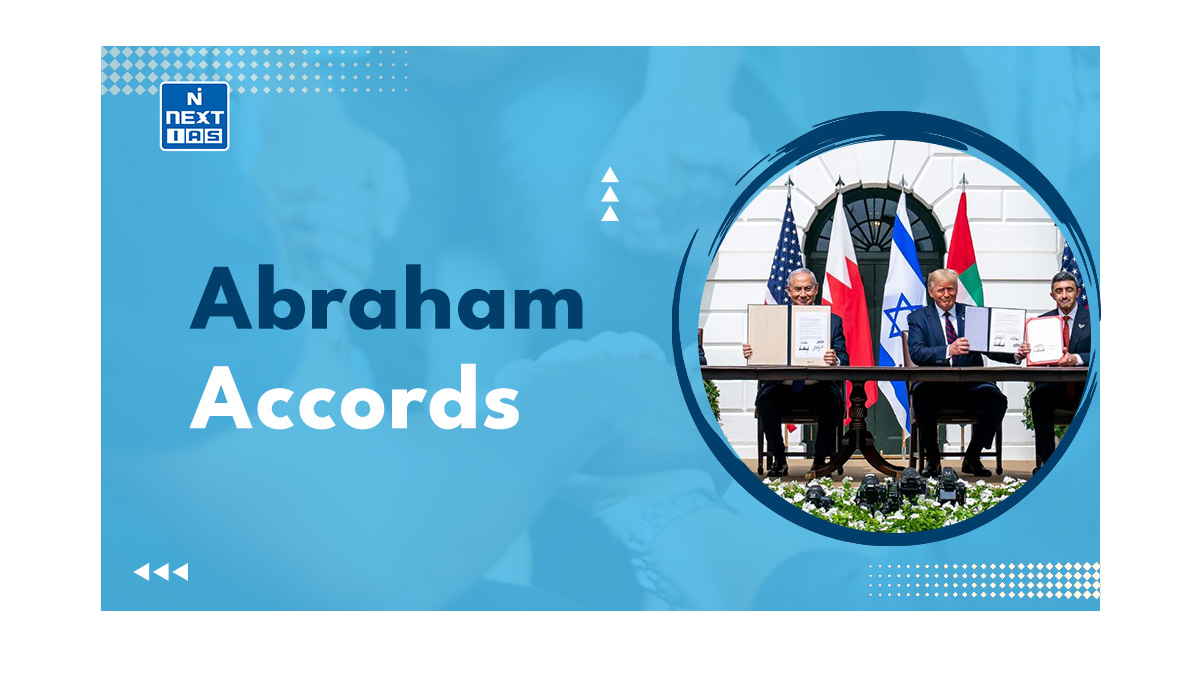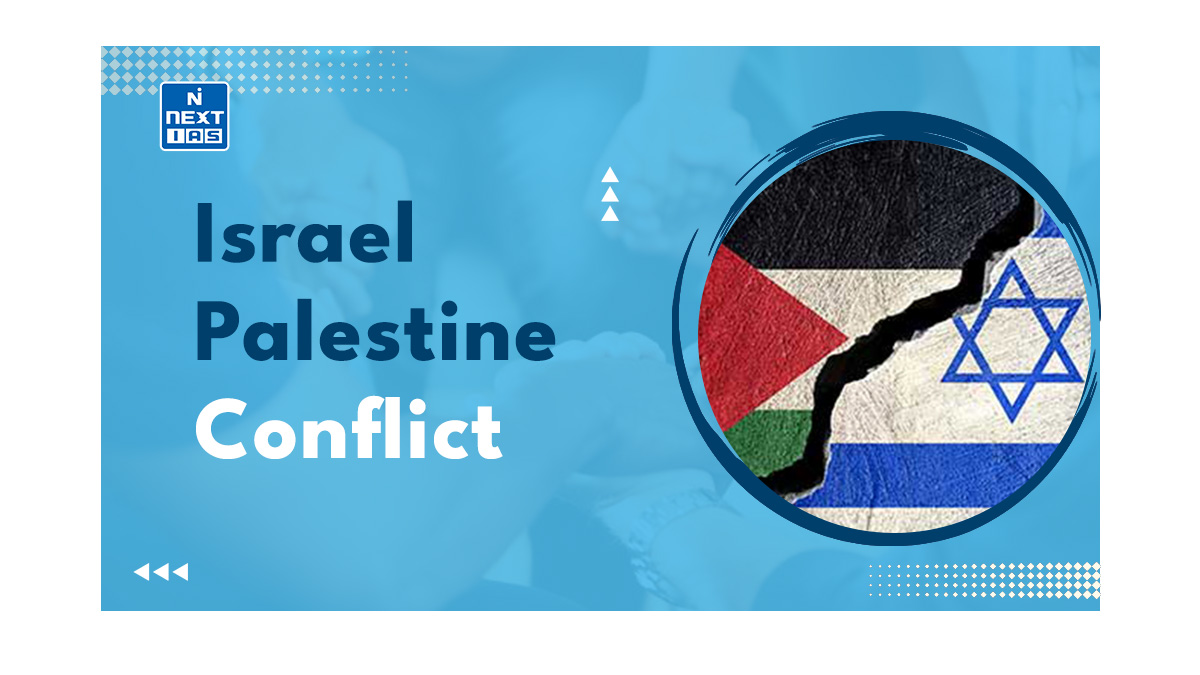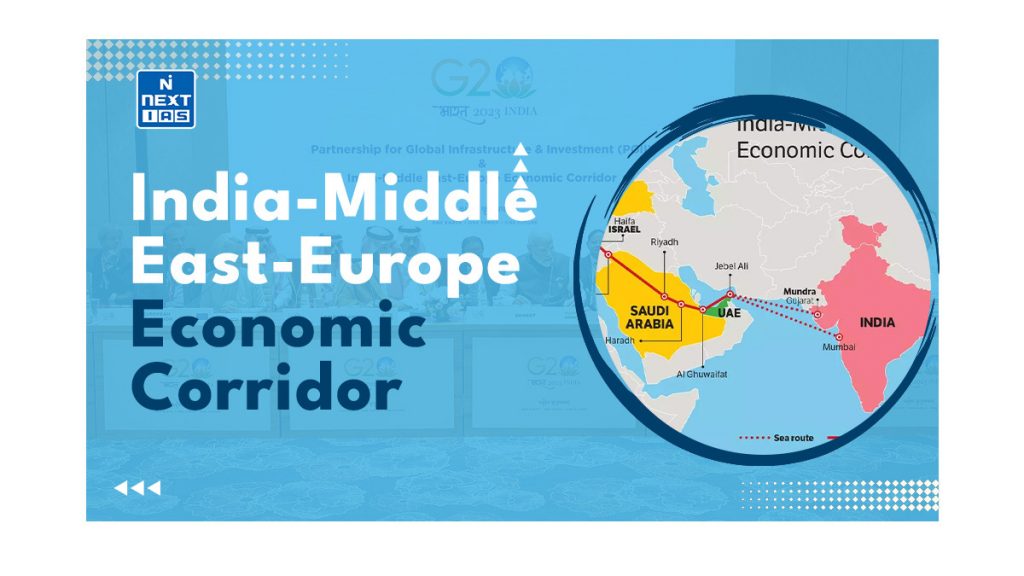
The recent signing of the India-Middle East-Europe Economic Corridor (IMEC) Project at the G20 Summit in New Delhi marks a pivotal moment with far-reaching geopolitical and economic ramifications for India. This article aims to provide a comprehensive overview of the India-Middle East-Europe Economic Corridor (IMEC).
What is the India-Middle East-Europe Economic Corridor?
The primary objective of the IMEC is to enhance economic growth through improved connectivity and economic integration among Asia, the Arabian Gulf, and Europe, with a focus on strengthening manufacturing, ensuring food security, and optimizing supply chains.
Components of the India-Middle East-Europe Economic Corridor
The India-Middle East-Europe Economic Corridor project will comprise two distinct corridors, namely:
- The Eastern Corridor: This corridor links India with the Arabian Gulf. It features railroads, ship-to-rail networks, and road transport routes.
- The Northern Corridor: This corridor connects the Gulf region to Europe. This incorporates similar transportation infrastructure, including rail, ship-to-rail links, and road networks.
Additionally, the India-Middle East-Europe Economic Corridor has the potential for further expansion to facilitate the transportation of energy resources through pipelines and the transmission of data via an optical fiber network.
Significance of the India-Middle East-Europe Economic Corridor (IMEC)
The India-Middle East-Europe Economic Corridor project holds significance for the following reasons:
- Alternative to BRI: This project reflects emerging geopolitical trends as it offers an alternative to China’s Belt and Road Initiative (BRI). BRI is often perceived as a tool for exerting influence and creating debt traps in developing nations.
- Deepening Arabian Peninsula Engagement: The Indian government’s efforts to strengthen political and strategic ties with the UAE and Saudi Arabia can now be further solidified by creating enduring connectivity between India and the Arabian Peninsula.
- Indo-US Collaboration in the Middle East: This initiative dispels the notion that India and the United States may collaborate in the Indo-Pacific but not in the Middle East. The project showcases how India and the U.S., along with Israel and the UAE, can partner in developing joint economic projects through forums like the I2U2.
- Stability in the Middle East: The mega connectivity project has the potential to reduce political tensions in the Arabian Peninsula and serve as “Infrastructure for Peace” by promoting intra-regional connectivity, according to the U.S.
- Integration of Europe: The corridor signifies Europe’s active involvement in infrastructure development in the region. The European Union’s support for this initiative positions it as a major stakeholder in integrating India with both the Arabian Peninsula and Europe.
- Engagement with Africa: The U.S. and the EU have proposed plans to establish a Trans-African corridor connecting Angola, the Democratic Republic of Congo, and Zambia. The success of IMEC could lead to further collaboration between India, the U.S., and the EU in Africa, aligning with India’s increasing engagement with the continent.
- Bypassing Pakistan: IMEC effectively bypasses Pakistan’s veto over India’s overland connectivity to the West, which has been a longstanding obstacle to India’s regional integration. Despite India’s efforts over the years, Pakistan has consistently denied access to landlocked Afghanistan and Central Asia, making IMEC a significant breakthrough.
Ports which are part of the India-Middle East-Europe Economic Corridor (IMEC)
- India: Ports in Mundra (Gujarat), Kandla (Gujarat), and Jawaharlal Nehru Port Trust (Navi Mumbai).
- Middle East: Ports include Fujairah, Jebel Ali, and Abu Dhabi in the UAE, as well as Dammam and Ras Al Khair ports in Saudi Arabia.
- Railway Line: The railway line will link Fujairah port in the UAE to Haifa port in Israel, passing through Saudi Arabia (Ghuwaifat and Haradh) and Jordan.
- Israel: The Israeli port involved in this corridor is Haifa.
- Europe: Ports in Europe that are part of this corridor comprise Piraeus in Greece, Messina in Southern Italy, and Marseille in France.
Challenges Associated with the India-Middle East-Europe Economic Corridor (IMEC)
- Logistical and Connectivity Challenges: Implementing the project involves multiple modes of transportation that necessitate extensive coordination among the participating nations.
- Financial Implications: The ambitious nature of this project demands substantial financial investments for successful completion.
- Potential Disruption of Existing Routes: The existing trade routes and the interests of the countries involved could present obstacles, particularly if their economic interests are negatively impacted.
Way Forward
The project if brought to reality will ease the access of South Asia to Europe via the Middle East. There is a need to work on the following fronts for the realization of the project:
- Technical standardization and planning for smooth and uninterrupted operation of the project.
- There is a need to manage the geopolitical concerns by striking a delicate balance in accommodating the geopolitical interests of the participating nations and addressing potential political sensitivities.
- There is a need to reinforce environmental responsibility by minimizing negative impacts of the project.
- There is also a need to maintain the required security apparatus as the project passes through certain unstable regions of the world.
Sources: IE
GS - 2